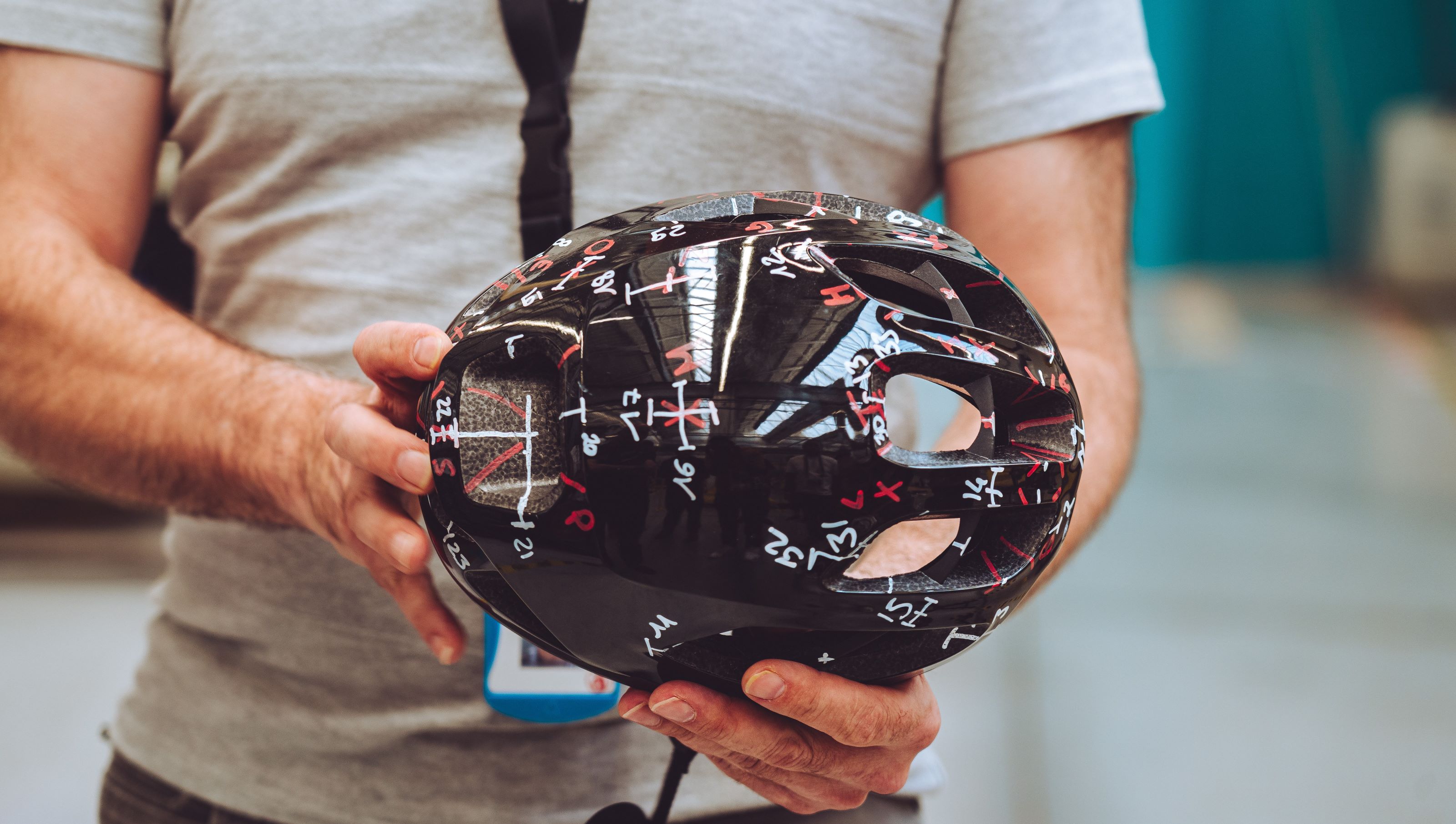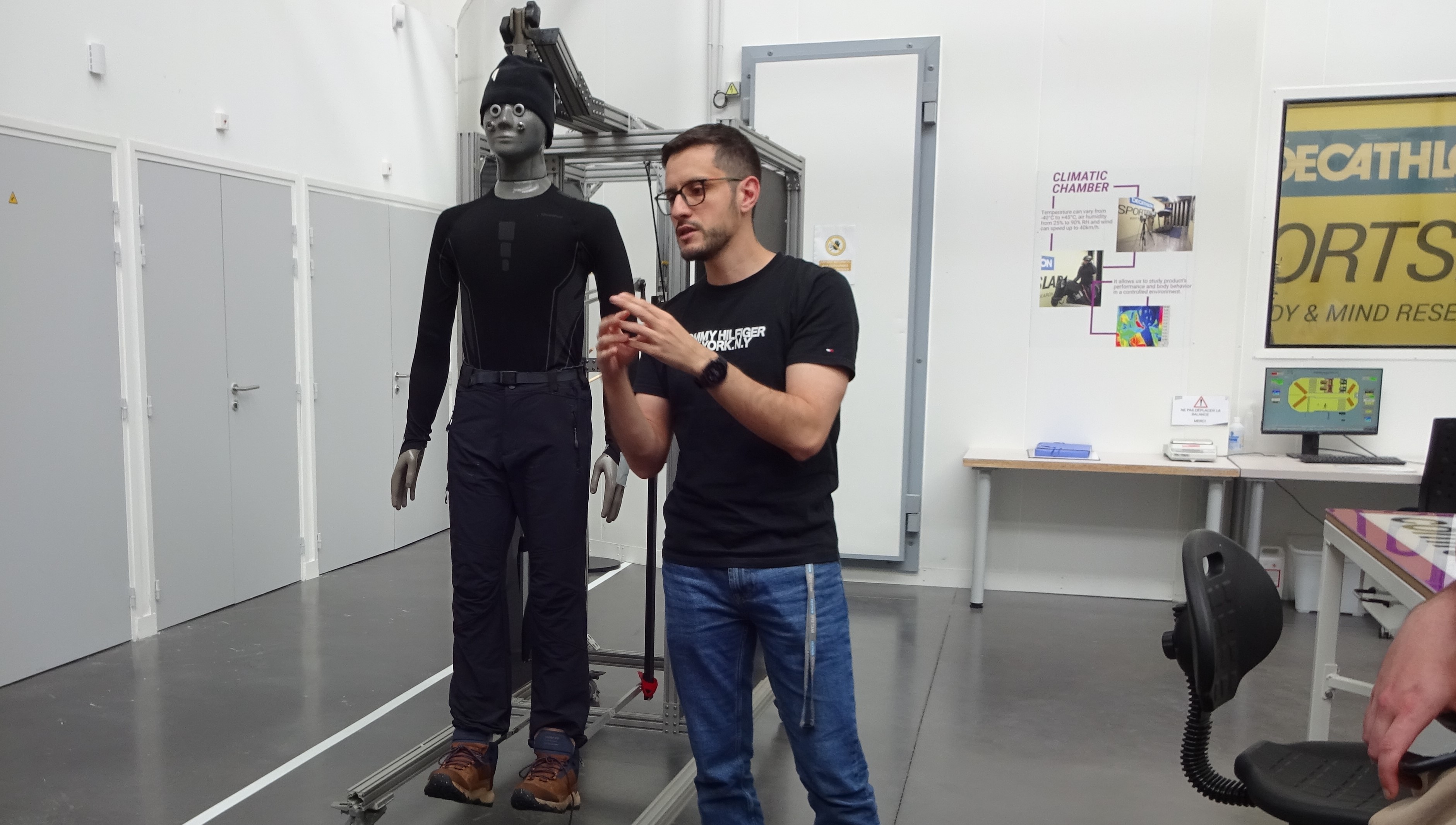
Decathlon has a reputation for good value sporting goods across its full range of activities. Head to the sport superstore’s website, and you could kit yourself out for everything from kayaking to horse riding, to rollerblading, camping (is that a sport?), and cycling. The French brand recently upped its game in the latter, however, signing a sponsorship deal to kit out the Decathlon-AG2R pro team, and simultaneously dropping the price of WorldTour worthy bike ownership by around by several thousand pounds.
The Van Rysel RCR Pro bike - designed and manufactured by Decathlon - costs £9,000, around £2,000 to £3,000 cheaper than pro level bikes available from other brands. It’s often said that it’s the ‘scale’ of Decathlon that makes this possible. But what exactly does that mean?
Name any major city in Europe, and chances are, there’s a Decathlon store within a five mile radius; the company has around 1,800 stores worldwide. Whilst it’s not alone in catering for several sports - Scott Sports, for example, caters for winter sports, running and moto equipment as well as a wide range of bikes - it does stand out in catering for beginners, from the start of their journey with an activity, increasing the overall sales volume.
This allows it to absorb R&D costs while still keeping its prices low. In finalising the design of the Van Rysel RCR Pro, ten different prototypes were tested, with the final design's aero credentials tested in three different wind tunnels, for example.
A visit to Decathlon’s R&D laboratories

The Decathlon HQ building in Lille, a workplace for 1,600 people, is built on the site of an old airport and is over one kilometer from one end to the other, with staff using scooters to get around the buildings. There are over 100 staff working for Van Rysel on road bikes alone.
Decathlon’s HQ is home to a range of ‘laboratories’, used for developing and testing equipment, with learnings shared across its sports portfolio.
One such facility is the Tech’Off laboratory, which assesses products’ quality. There are ISO standards that all sports goods must meet, but Decathlon goes further, with multiple drop tests for its helmets on different parts of the structure.
Decathlon has drop testing rigs on site to ensure that its helmets meet and exceed safety standards worldwide, with each helmet being marked up with the different positions and impacts for which they will be tested. European standards require drop tests on six positions on each helmet design; Decathlon impact tests at sixty different positions.
The Tech’Off laboratory doesn’t just test products at the macroscopic level either. It has its own scanning electron microscope on site, a device used to examine the microscopic structure of materials used in its sporting goods, such as carbon fiber laminates.
There’s yet more prototyping going on in the Booster Innovation lab, where the team develops early prototypes and ideas to help product teams devise new products by turning out ‘monsters’.
For example, it has produced a series of prototypes for packaging-free sports nutrition. None of them may see the light of day, but they’re discussion points for ways to deliver the project’s aims. In another corner of the same lab, a portable support for a badminton net was being welded together.
Sports lab

Decathlon’s Sports lab covers 900 square meters and its staff include PhDs in biomechanics and sports physiology. It has its own sweating mannequin, which it uses to test the performance of fabrics in its hot, cold and windy environmental chambers.
When we visited the lab it was testing gloves for Decathlon’s Wedze ski clothing brand, using a thermal hand mannequin to see how well they protected the user’s extremities from cold. It’s research that’s just as relevant to winter cycle clothing.
There’s yet another part of the Sports lab which specializes in digital human modeling, performing 4D digital scans of user position and clothing across a range of sports, including cycling. Its research is used to answer questions such as how many sizes a bike should be offered in to accommodate the full range of rider heights.
The lab has used pressure sensors to identify the optimum balance of stiffness and weight for cycling shoes, allowing Decathlon to reduce the weight of its shoes by around 30 percent while keeping them stiff enough for optimum efficiency.
As well as developing Decathlon’s products, the Sports lab acts as a center of excellence in support of French Olympic athletes. It’s also scanned some of the Decathlon-AG2R pro cycling team to help tailor its products for their individual needs.
Additive manufacturing

Decathlon has invested heavily in additive manufacturing – or 3D printing – in both plastic and metal. It’s used heavily for prototyping new products, with 2,300 3D printed items produced per month across its product development portfolio.
It also produces around 20,000 parts per month for production use and even some of the tools used in Decathlon’s factories. The adapters used to mount the RCR Pro bike frame on its five assembly lines were 3D printed in-house. It’s 3D printed prototype aluminum bike frames and will 3D print custom products such as bike saddles.
But Decathlon is also using 3D printing to reduce inventory. While in the past, excess stock of some parts might be manufactured and stored in case customers needed a replacement, 3D printing allows it to produce replacement parts on demand.
It’s still more expensive than producing a part in a standard manufacturing run, but there’s no storage cost. Some plastic parts can degrade over time in storage too, which isn’t an issue if a spare part is 3D printed to order. It’s allowing Decathlon to reduce waste and its environmental impact.
Strength in scale

It’s been said before that Decathlon’s ability to hit low prices is enabled by its ‘strength in scale’, but those three simple words are hard to comprehend until you’ve seen a ski glove rigorously tested under the same roof as a new standard in portability for badminton, all while carbon seatposts are flexed to their limits. Don’t think that Decathlon has cut corners to reach its low prices, it’s just, well - bigger.







